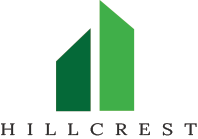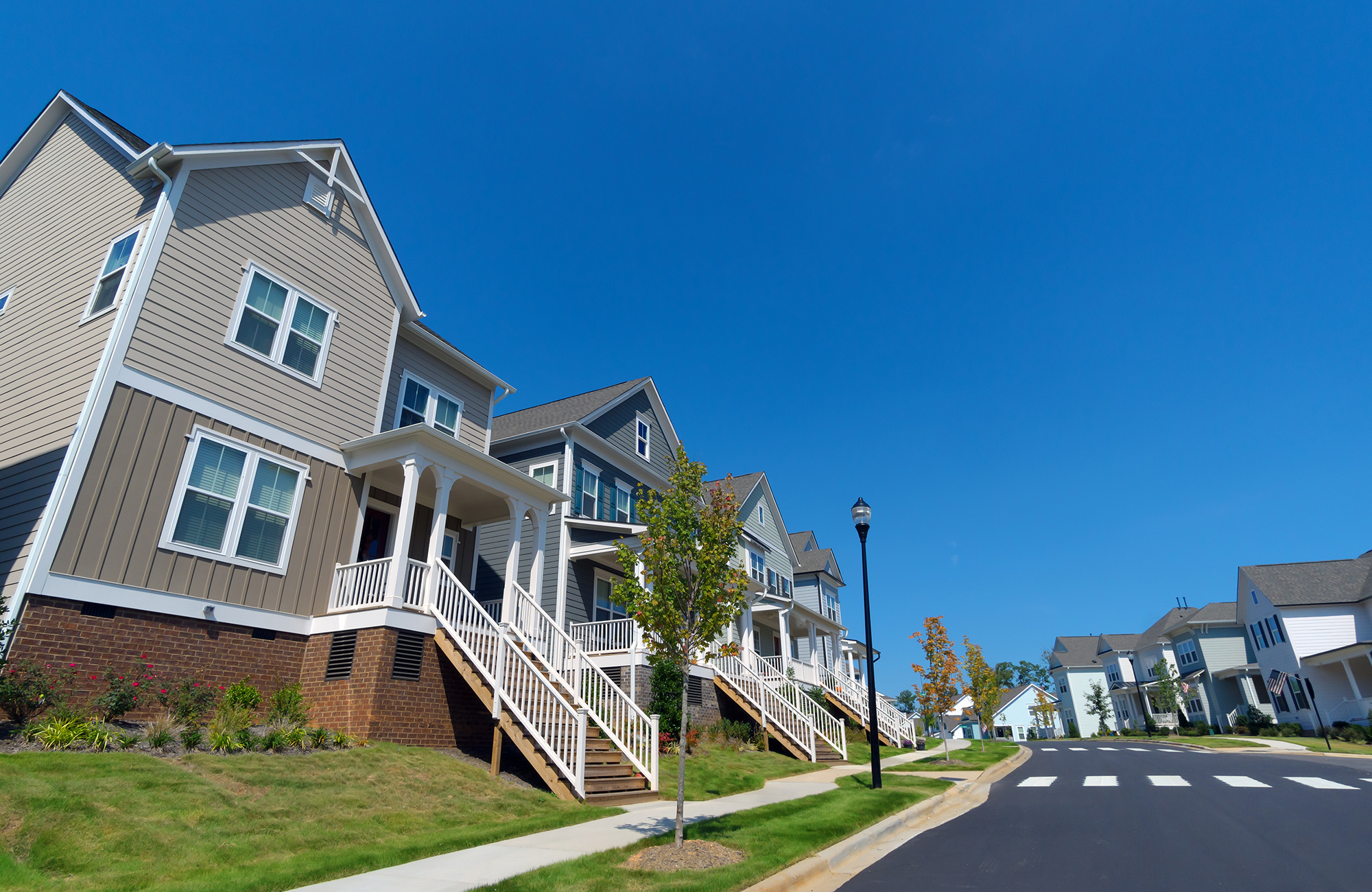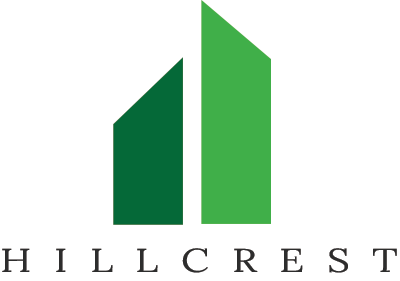Not all homeowners associations know how to amend HOA bylaws. The process is rather simple when broken down into steps, and understanding how to go about each step is crucial to continuing operations.
The Importance of Knowing How to Amend HOA Bylaws
Every homeowners association has a set of governing documents dictating operations, structure, and rules. The three most used documents in an HOA are the CC&Rs or covenants, the bylaws, and the rules and regulations.
There will come a time when an HOA will need to amend these documents. Perhaps a provision in one of them is no longer valid or has become outdated. It is also possible that a new law has been introduced, and amending the documents is necessary to align with it. Maybe members of the association have petitioned to change the rules or amend the bylaws in some way.
Whatever the reason, an HOA board must know the steps to amend the governing documents should the time come. This will make the process much easier for everyone.
HOA Covenants vs Bylaws
The Declaration of Covenants, Conditions, and Restrictions (CC&Rs) is a governing document that establishes the rights and obligations of both the HOA and its members. It includes everything from property use restrictions and rental rules to architectural standards and maintenance responsibilities. This document also dictates enforcement procedures.
On the other hand, the HOA bylaws guide the operations of the association. This document defines board terms or limits, the number of board members, election procedures, voting rights, meeting requirements, and board duties.
Finally, the rules and regulations cover guidelines not explicitly covered in the CC&Rs. These rules expound upon covenants and tend to change more frequently than the CC&Rs or the bylaws. Rules can include noise rules, pool access, and guest rules, to name a few.
Do Bylaws Supersede Covenants?
No, the bylaws don’t typically supersede covenants. In the hierarchy of HOA governing documents, the CC&Rs or covenants take precedence over the bylaws.
As a result, if a provision in the CC&Rs conflicts with one in the bylaws, the HOA must follow the CC&Rs. It is also best to amend the bylaws to align with the covenants to avoid misunderstandings in the future.
How to Amend HOA Bylaws and Covenants
The general process for amending bylaws is similar to amending covenants. It starts with a proposal of the amendment before a meeting to discuss it, then moves on to the vote. If it passes, the amendment is then recorded, and notice is provided to all members.
Here are the steps on how to change HOA covenants and bylaws.
1. Propose the Amendment
First, the proposed amendment must be in writing. This proposal should describe the change to the CC&Rs or bylaws and why it is necessary. For easier review, the proposal should include both the current and proposed rules.
2. Meet to Discuss
 After receiving the proposal, the HOA board will then open a discussion at a board meeting.
After receiving the proposal, the HOA board will then open a discussion at a board meeting.
It is important that this board meeting is open to all members so that everyone will know about the proposed change. This will also give homeowners a chance to voice their opinions regarding the amendment.
Additionally, board members should make sure to include the topic of discussion in the meeting agenda. This will let homeowners know what’s in store ahead of time and give them a chance to decide if they wish to participate in the discussion.
If there is no upcoming board meeting on the schedule, the board might be able to call a special meeting to discuss the amendment.
3. Vote on the Amendment
The next step in how to amend HOA bylaws and covenants is to vote on the amendment. Amending HOA bylaws and covenants typically require a vote from the membership. Homeowners will cast their votes in favor of or against the amendment.
If the vote doesn’t have to take place in person, it is a good idea to send out ballots ahead of time. Some communities may experience low voter turnout, in which case the board can choose to extend the deadline.
4. Count the Votes
Once the voting period is over, the HOA board can then proceed to count the votes. This normally happens at an open meeting so that everyone can witness the process. Counting the votes in front of an audience builds transparency and trust.
5. Approve the Amendment
Depending on the results, the HOA board can then approve the amendment. State laws and governing documents can differ, but it usually takes a majority or two-thirds vote to approve an amendment.
6. Record the Amendment
Once the board approves the amendment, the HOA can then proceed with recordation. The amendment must be recorded with the county recorder’s office. The amendment comes into effect once it’s recorded unless a different effective date is stated on the amendment.
 7. Notice of the Amendment
7. Notice of the Amendment
Finally, the HOA board must not forget to send a notice of the amendment to all homeowners. The notice should let homeowners know of the change and the effective date. This way, residents can prepare themselves and make any necessary changes to comply with the amendment.
How to Change Bylaws in Chicago
To change bylaws in Chicago, it is important for HOA boards to check their governing documents. The bylaws themselves should contain the requirements and procedure for amending the bylaws.
The Illinois Condominium Property Act (765 ILCS 605/17) states that changes must be made through an official amendment. This amendment must be properly documented and officially recorded to be valid.
Once an amendment is recorded, it becomes effective immediately unless the amendment specifically states a different date for it to take effect.
Unless there’s a different rule in the law, only certain people can officially execute and record amendments. Typically, this responsibility falls on the president of the homeowners’ association (HOA) or another authorized officer chosen by the HOA board.
Similar provisions exist in the Illinois Common Interest Community Act (765 ILCS 160/1-20). Additional provisions under this section tackle new rental bans, incorporating as a municipality, and mortgage lenders’ approval for amendments.
These are the things to remember when learning how to amend HOA bylaws.
Amending HOA Covenants in Chicago
In Chicago, HOA boards must review their governing documents before amending covenants. The CC&Rs themselves outline the process and requirements for making amendments.
According to the Illinois Condominium Property Act (765 ILCS 605/17), any changes must be made through a formal amendment, which must be properly documented and officially recorded to be legally valid. Once recorded, an amendment takes effect immediately unless it specifies a different effective date.
Unless the law states otherwise, only specific individuals can execute and record amendments. Typically, this responsibility falls on the HOA president or another board-authorized officer.
The Illinois Common Interest Community Act (765 ILCS 160/1-20) includes similar provisions. This section also addresses topics such as new rental restrictions, the process of incorporating as a municipality, and the role of mortgage lenders in approving amendments.
How to Change HOA Rules
The process for changing the HOA rules is much simpler than how to amend HOA bylaws. Since changes to the rules and regulations don’t require a membership vote, the board can avoid problems such as low voter turnout and distribution of ballots.
To change the rules, the HOA board typically only needs to pass a resolution. It starts out the same way, with a proposal and a discussion at an open board meeting. Homeowners can provide their input on the proposed change. Then, after the discussion, the board votes.
As with covenants and bylaws, the board should send out a notice of the rule change. This way, the HOA can make homeowners aware of the new or updated policy. Rule changes don’t typically need to be recorded.
Keep in mind that the exact step-by-step process can vary from one association to another. Board members should consult their governing documents for guidance.
What is the Cost of Amending HOA Covenants and Bylaws?
Amending HOA bylaws and covenants typically comes with legal fees. Hiring a lawyer to review the amendment, provide legal advice, and confirm that the change aligns with existing laws and documents is always a good idea. Depending on the county, there may also be fees associated with recordation.
Legal fees can change depending on the law firm and the extent of the amendment. Legal fees will likely be low if it is a simple amendment. In contrast, the board should expect sizable legal fees if the HOA needs to modify a large part of its governing documents.
How to Amend HOA Bylaws: Answered!
Amendments are a normal part of community management. Provisions become outdated all the time, requiring a change or update. Now that board members know how to amend HOA bylaws, they can use this information to make the process compliant and smooth.
Hillcrest offers HOA management services, including legal assistance, to communities in Chicago. Call us today at 630-627-3303 or contact us online to request a proposal!
RELATED ARTICLES:
- The Ultimate Guide To HOA Safety And Security Tips And Rules
- Understanding Condo Rules And Regulations
- Successful HOA Board: Qualities, Mistakes, And Measuring Progress


